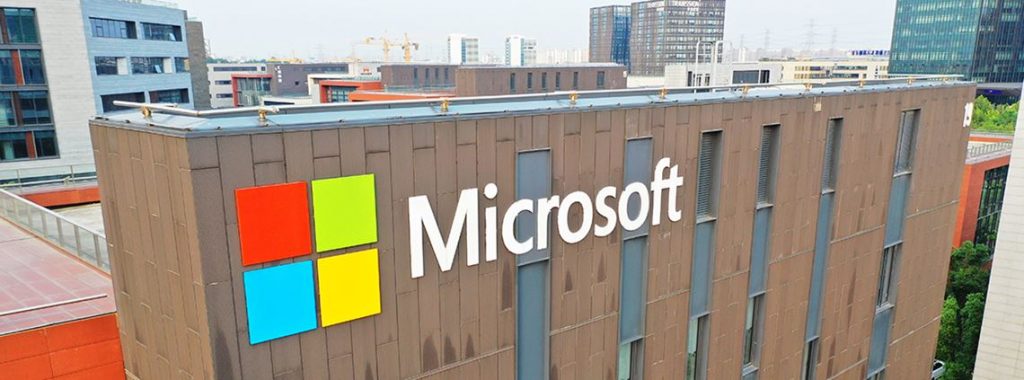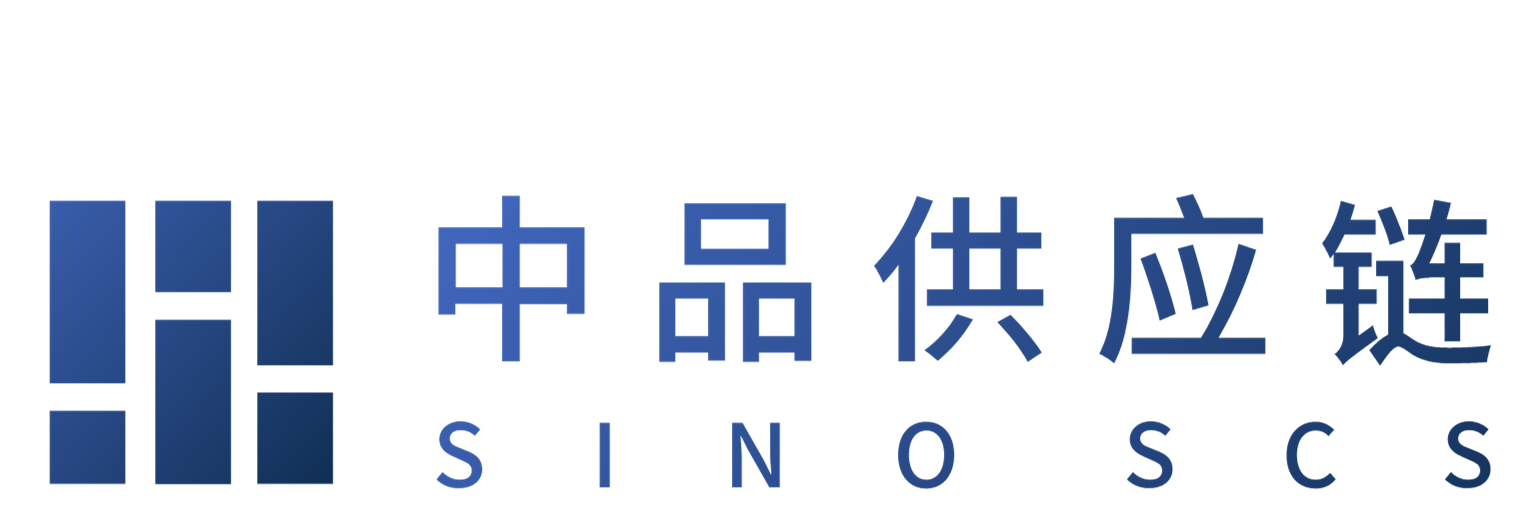How Microsoft cut $50m in ‘hidden costs’ from its supply chain

Microsoft has generated annual savings of $50m by cutting “hidden costs” with a blockchain platform.
The technology firm said the platform improved inventory traceability across its entire supply chain, resolving visibility problems across component suppliers, manufacturing, shipping, warehouse, delivery, and data centres.
Savings are expected to come via “reduced commodity pricing errors, $12m from automated purchase order pricing, $30m in improved financial transaction integrity, and approximately $6m in rebate accuracy improvement”.
The project tackled key “pain points” for the supply chain team, including tracking costs and inventory of “volatile” components and risks from counterfeit and conflict materials. This was previously difficult due to lack of visibility in sub tiers of the supply chain and siloed information.
The Microsoft supply chain team said in a blog: “For decades, a lack of visibility, item-level traceability, and predictability has plagued supply chain operations, even for the companies with the most advanced supply chain management in the world.
“This leads to overspending, errors, risks of fraud, counterfeits, use of conflict minerals, and more. Microsoft’s blockchain platform is addressing those challenges, and has already uncovered tens of millions of dollars in hidden costs.”
The platform used digitised assets, including “serialised inventory and the statements of work, purchase orders, invoices, as well as shipment and receipt notices associated with those goods across all parties” to improve visibility.
It worked with Azure Cloud and a network consortium of technology suppliers, including Arrow, Lenovo, Micron Technology, and Samsung, to implement the blockchain solution.
Microsoft was recognised in Gartner’s 2021 Power of the Profession awards by winning Process or Technology Innovation of The Year as well as Supply Chain Breakthrough of the Year.
KC Gentzel, VP programme director at Gartner, said: “It’s exciting to see tangible value from blockchain, quantifiable for both cost and service benefits to the business.”
The project’s five pillars for improvement included cost efficiency, serial-level item traceability, operational agility, quality management and “linkage of disconnected actions across the supply chain”, said Gartner.

